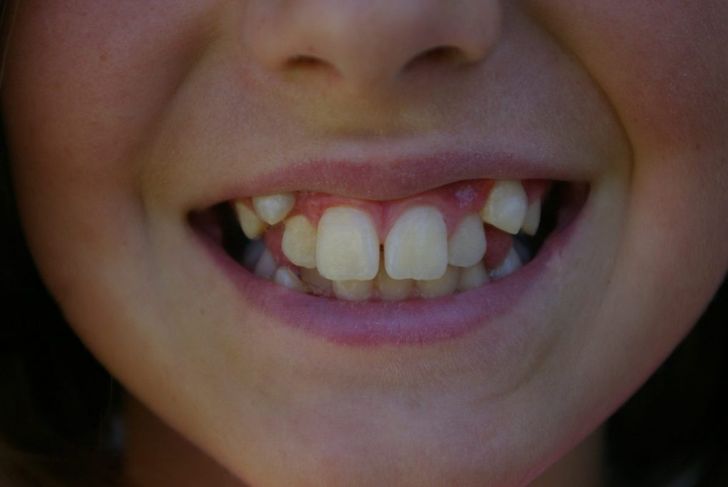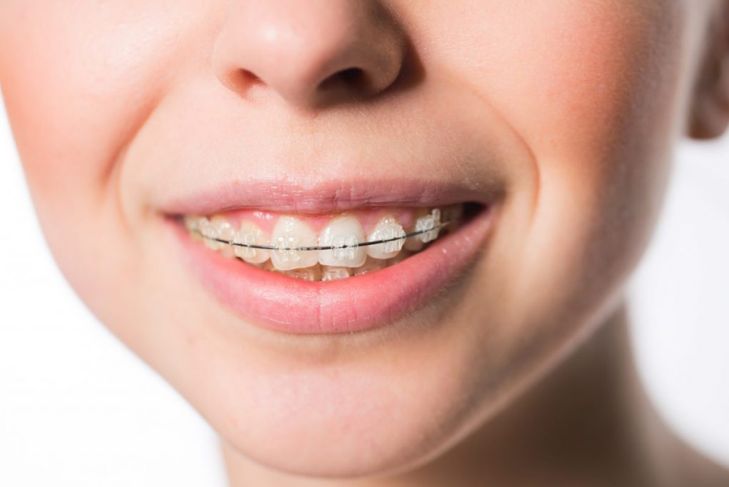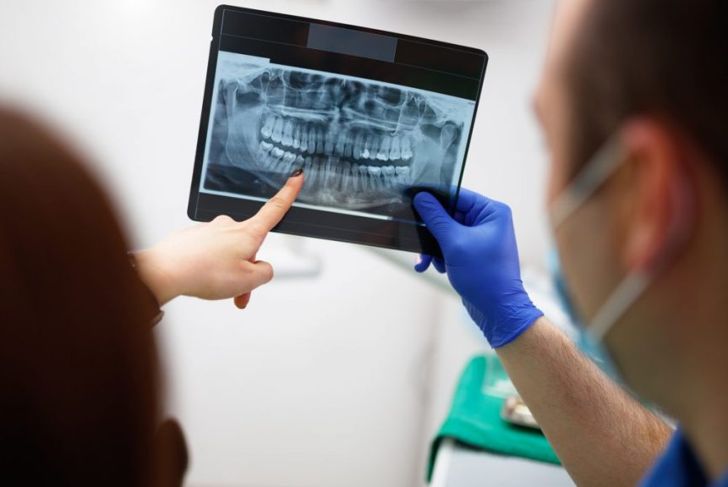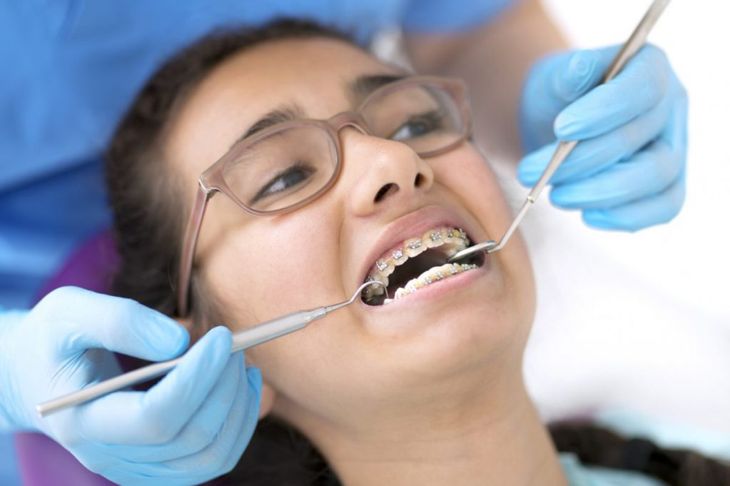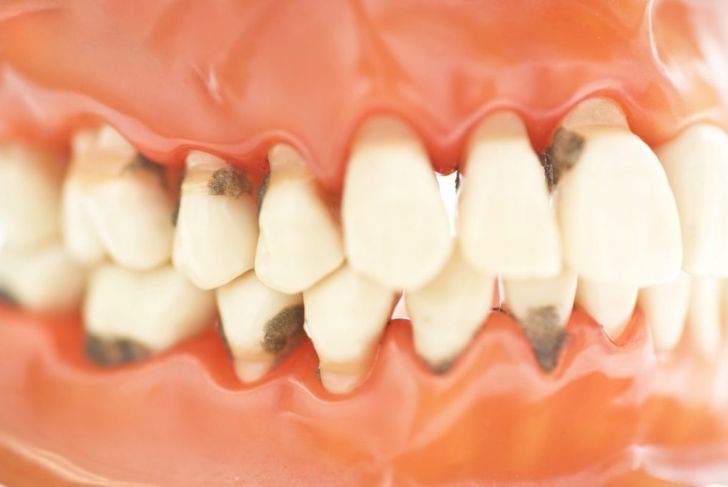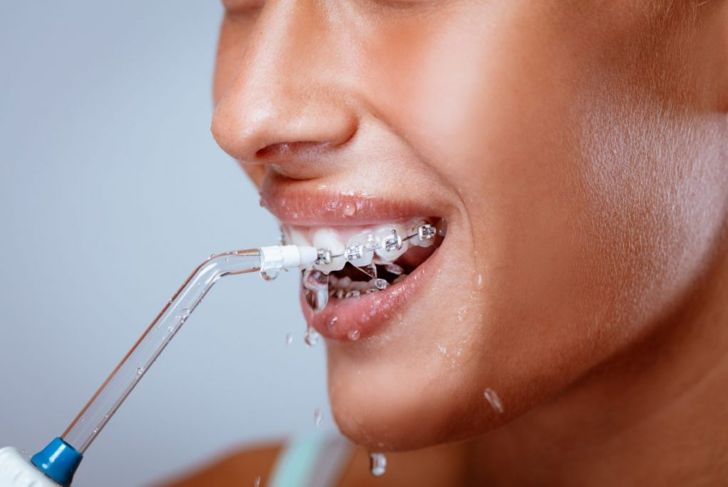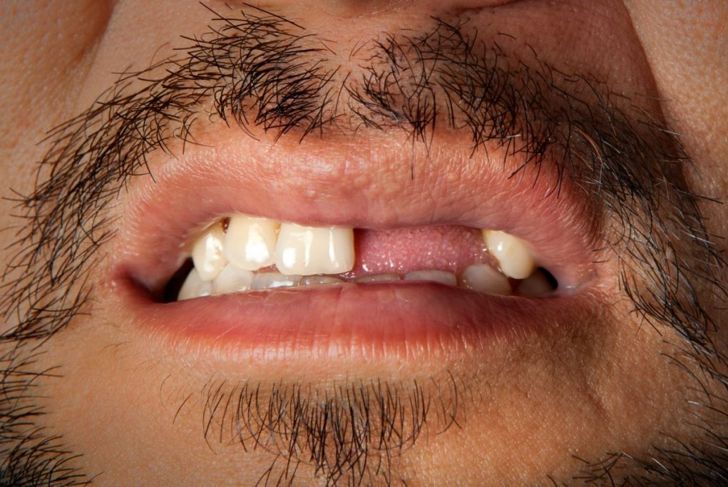Occlusion refers to the way a person’s teeth align inside their mouth. The teeth should fit alongside each other without crowding or twisting. Ideally, the upper teeth should very slightly overlap the lower teeth. Problems with the alignment of the teeth or jaw are called malocclusion, which includes specific issues such as crossbite, overbite or underbite. The condition affects the way the teeth function.
Causes
Malocclusion is often an inherited condition, but certain habits can also cause the jaws and teeth to become misaligned, such as prolonged bottle feeding or use of a pacifier or thumb sucking in young children. Certain conditions can also make malocclusion more likely. Injuries affecting the jaw, a cleft lip or palate, and tumors in the mouth or jaw can also lead to malocclusion, as can problems with the tonsils and adenoids.
Common Symptoms
Symptoms depend on the type and severity of the malocclusion. Commonly, the misalignment is visible, causing changes in the appearance of the face. People with malocclusion often find they accidentally bite their cheeks, tongue, or lips frequently. Malocclusion can also cause pain or discomfort when eating. The misalignment can affect the way a person forms speech and may lead to issues such as a lisp.
Diagnosis
Dentists usually detect malocclusion during routine dental exams. The doctor will be able to see that the teeth are misaligned or twisted. They may also see evidence of injury to the inside of the mouth due to accidental biting. The dentist may order x-rays of the teeth and jaw to help them to examine and assess the alignment of the teeth in more detail.
Classification
Once a doctor diagnoses malocclusion, he or she will seek to classify it according to its type and level of severity. Class 1 malocclusion is the most commonly diagnosed form. The upper teeth overlap the teeth of the lower jaw only slightly more than is normal. There may also be rotation or overcrowding of the teeth. Class 2 malocclusion shows up as a more severe overlap of the top teeth over the bottom teeth. This is also known as retrognathism or retrognathia. Class 3 malocclusion occurs when the bottom jaw sticks out, causing the lower teeth to overlap the upper teeth. This is known as prognathism.
Treatment
Malocclusion is a common condition. If the misalignment is minor and not causing any issues, treatment is usually unnecessary. However, more severe malocclusion may require treatment by a specialist orthodontist. Treatment may include braces to correct the alignment of the teeth or removal of teeth to reduce overcrowding. The orthodontist may also recommend reshaping the teeth or fitting dental caps. Severe cases may require surgery to shorten or reshape the jaw, or the use of plates or wires to set the jaw in a better position.
Complications of Treatment
Sometimes, treating malocclusion can lead to complications. Tooth decay is common, especially if the person does not take care of their teeth and follow the orthodontist’s instructions while wearing dental braces. Orthodontic treatment can also cause pain or discomfort during the realignment. The devices used can lead to cuts or irritation to the inside of the mouth, causing difficulty or discomfort when eating, drinking, or speaking.
Self-Care
During treatment, a person with malocclusion can take care of their teeth by developing good oral hygiene habits. This includes regular and careful brushing and flossing to prevent decay. Orthodontic devices such as braces can make it harder to keep the teeth clean and free from debris. For this reason, the person may be instructed by their orthodontist to apply a regular fluoride treatment to prevent decay and decalcification.
Untreated Malocclusion
Serious problems can arise from a lack of treatment of severe malocclusion. When the teeth are well-aligned, the force of chewing is spread equally across all the teeth. Malocclusion can lead to an uneven spread of force, leaving certain teeth bearing the brunt of the work and causing teeth to become worn and develop cracks and breaks. Over time, this can also lead to tooth loss. Untreated, it can also lead to headaches and periodontal disease. Where the condition is causing significant pain, sleep problems can also arise.
Prevention
People cannot prevent most cases of malocclusion because they are genetically inherited or caused by an associated health condition. However, parents can help prevent the development of malocclusion in their children by limiting pacifier use and thumb sucking, especially after the age of three. Attending regular dental appointments is also important, especially in young children. This can help to identify and treat cases of early before they become more severe.
Prognosis
Most people who receive treatment for misaligned teeth will have good results, especially if they seek help before the condition has caused significant damage to their teeth. It is best treated in childhood — catching it early can prevent it from becoming more severe. Treatment of the condition in young children generally takes less time to complete and is, therefore, less costly. Adults can usually have their malocclusion treated successfully, although this is likely to take longer.

 Home
Home Health
Health Diet & Nutrition
Diet & Nutrition Living Well
Living Well More
More